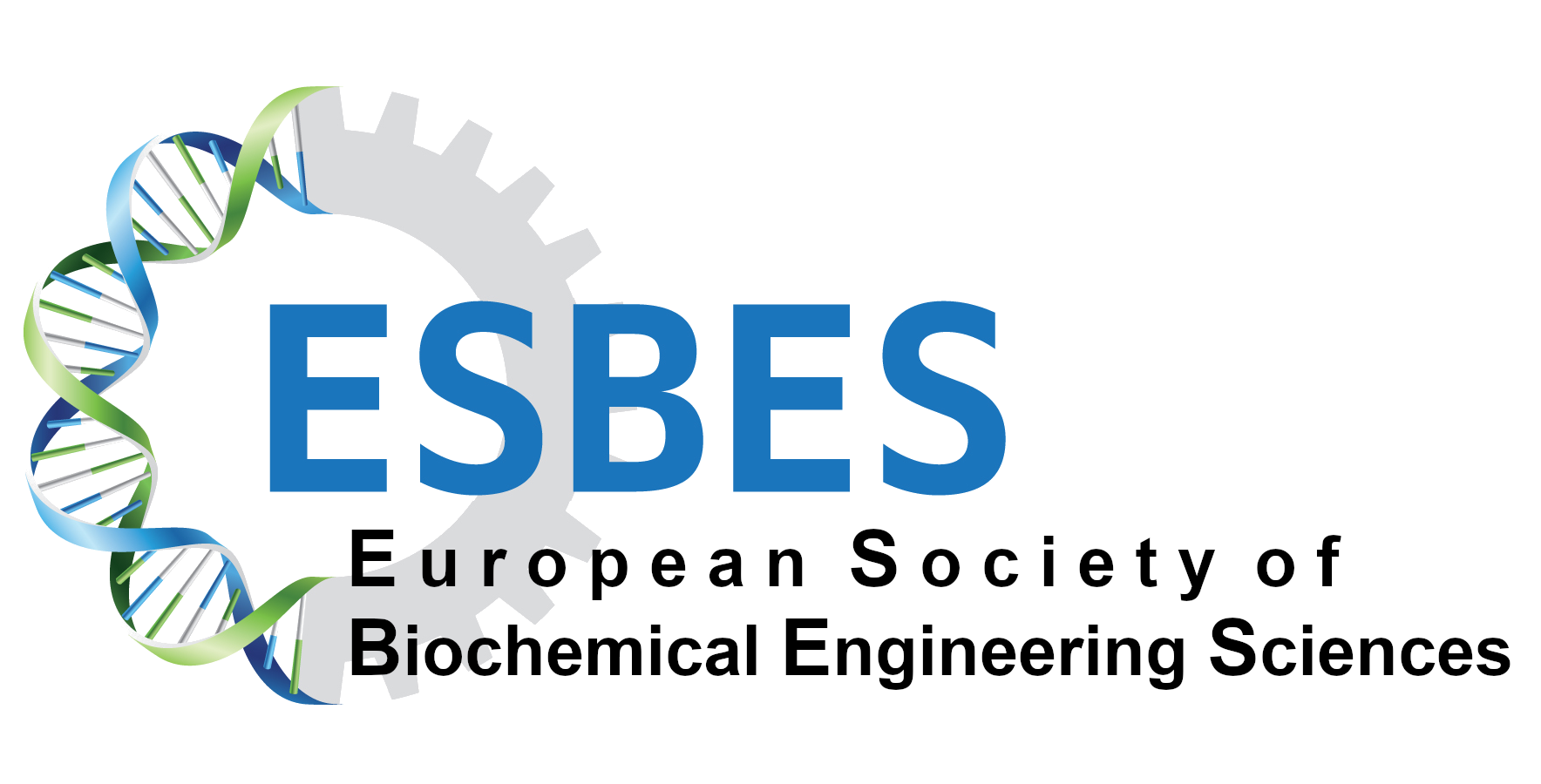Biocatalysis
Riding on the green chemistry trend, biocatalysis is a promising approach for organic synthesis and industrial production in various areas, as it is performed under mild conditions, in aqueous reaction media, via biocatalysts which are of a renewable nature. The intention of our section is to support the integrated engineering of biocatalysts and biocatalytic reaction schemes towards productive bioprocessing with high ecological and economic efficiency. Thereby, the section aims to centralize developments in the various sectors concerning biocatalysis ranging from enzyme biochemistry and microbiology to chemical engineering, in order to facilitate innovation regarding following topics:
- Biocatalyst formulation – isolated enzymes, immobilized enzymes, dead cells, resting cells, growing cells, immobilized cells, catalytic biofilms
- Biocatalyst engineering (enzyme engineering, metabolic engineering, systems biotechnology, synthetic biology)
- Reaction engineering (cofactor recycling, in situ product removal, modelling and exploitation of reaction kinetics, continuous bioprocessing)
- Cascade reactions – multistep biocatalysis in vitro or in vivo (orthologous pathways), chemo-enzymatic cascades
- Bioelectrochemistry
- Holistic process design and development including ecoefficiency analyses and DSP integration
Objectives:
- Development and application of engineering principles to promote efficient and productive biocatalysis
- To facilitate the implementation of biocatalysis in industrial processing and synthesis through engineering
- To focus on and share new developments and challenges in this field to improve versatility and efficiency of biocatalytic applications
- To promote education of students in the field
- To provide an interdisciplinary forum for the academic-industrial community in biocatalysis and bioengineering with the purpose
- To identify and discuss challenges and trends
- To share experience on biocatalyst operation and engineering towards industrial implementation following an integrated approach
Sections
